Code once. Run anywhere.
It's some time since my last post about JVx. But I have a good excuse - Coding ![]()
I tried to improve our JavaFX UI for mobile devices. It was a hard fight but I won. Not everything is done right now, but the result is soo awesome!
Many of you know that JVx is an Application Framework. It's small and simple but still very powerful. It follows the convention over configuration principle and it was designed to be UI technology independent. Oh, it follows the Single sourcing principle too, it's a Full-Stack-Framework, contains a very smart persistence implementation, and so on.
What means UI technology independent?
We define the term as follows:
Code an application once and use it on different platforms and with different devices and different technologies.
As platform, we recommend Windows, Linux or MacOS. Devices are Desktop PCs/Notebooks, Smartphones, Tablets or embedded Hardware like RaspberryPi. We use the term technology for UI toolkits/standards like HTML5, Java Swing or JavaFX.
JVx isn't a JavaScript framework or library because it supports every platform with maximum power. This means that a desktop application runs as standalone application on your desktop computer with full access to connected hardware. A HTML5 application runs in a web browser and has limited access to the device but you have full css features and websockets. If your application runs on mobile devices, simply use all available hardware features and gesture support.
All the platform/device/technology specific problems were solved in JVx and a developer simply has a standard API to create applications. If the standard API isn't enough, it's easily possible to access the technology features without limitations. JVx encapsulates but doesn't hide anything.
With JVx you can code desktop applications, browser based HTML5 applications or native mobile applications without know-how of every platform/device/hardware.
I guess it's time for facts and some screenshots should clarify what I mean.
All screenshots show the same application (same source code) with different UI technologies and on different devices. We have UI implementations for vaadin, JavaFX, Swing. We have different application styles because the application shouldn't look like a desktop application, on mobile devices or in your browser (but it's possible).
The application style itself is fully customizable and it's only one possible implementation. It's not a problem to change it or create a new one from scratch. We've defined that our standard applications have a menu, a toolbar a content are (for screens) and an authentication mechanism (login).
If you compare the vaadinUI with Swing or JavaFX UI, you'll see that the vaadin style has a completely different menu. There's also a legacy mode which shows windows for every screen, but this style isn't the preferred one. Sure, sometimes this style makes sense but it's not very user-friendly. If you have an application with few screens, a simple menu would be useful and if your application has many screens, the corporate style could be better because it has a menubar and a sidepane for quick navitation.
The mobile variant is our latest style and it's really different. You won't use apps in MDI style. Sure, we have this style but it's ugly. We like hamburger menus as shown in the screenshots.
JVx is very fast, flexible and powerful. Don't waste time for platform problems, simply implement your requirements by using JVx.

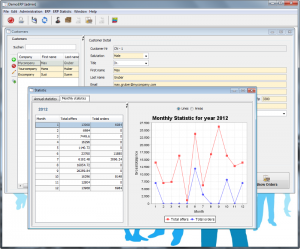
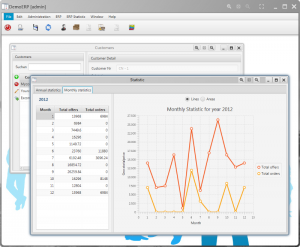
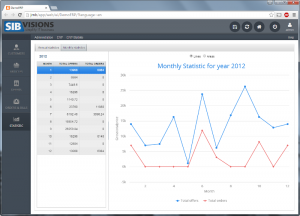
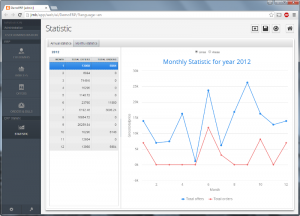
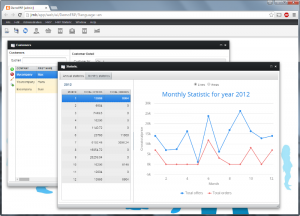
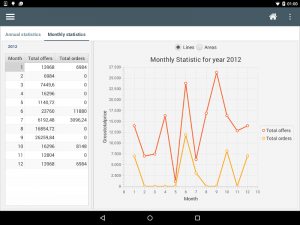
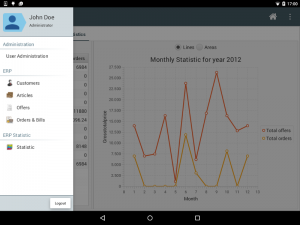
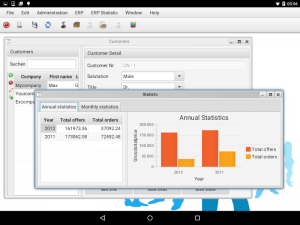
 RSS-Feed
RSS-Feed